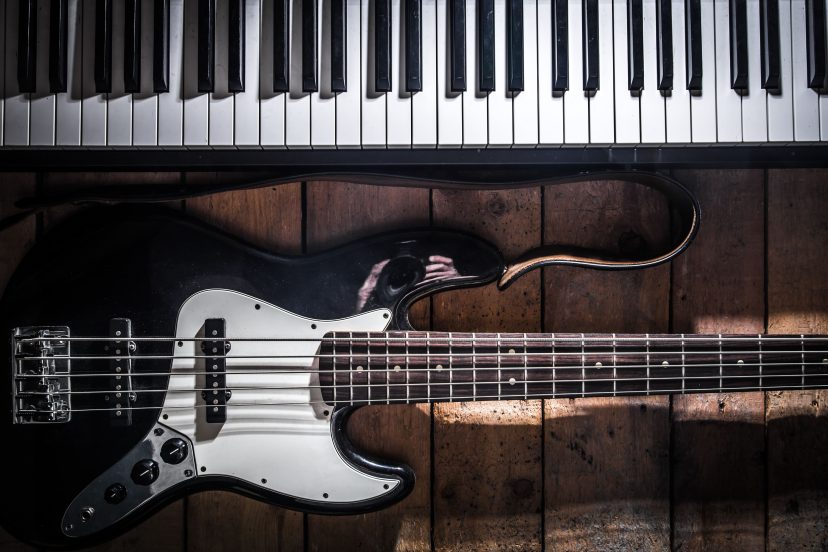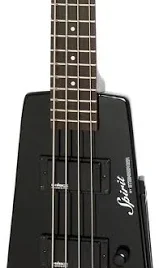Jazz Bass Progressions
Introduction to Jazz Bass Progressions
Jazz bass progressions are the backbone of jazz music, providing the harmonic framework that allows melodies and solos to shine. Understanding these progressions is crucial for any bassist looking to dive into the world of jazz. Let’s explore some key jazz bass progressions and techniques to help you groove like a pro.
Understanding Jazz Chord Progressions
What Are Jazz Chord Progressions?
Jazz chord progressions are sequences of chords that provide the harmonic structure for jazz tunes. These progressions are characterized by their complexity and use of extended chords, such as seventh chords, ninths, and altered chords.
Importance of Jazz Chord Progressions
For bass players, mastering jazz progressions is essential for creating walking bass lines, improvising, and comping. These progressions help you understand the harmonic landscape of a jazz tune, allowing you to interact with other musicians and add depth to your playing.
Common Jazz Bass Progressions
ii-V-I Progression
The ii-V-I progression is the most fundamental chord progression in jazz. It consists of the second (ii), fifth (V), and first (I) chords of a scale.
Example:
In the key of C major:
- ii: Dm7 (D-F-A-C)
- V: G7 (G-B-D-F)
- I: Cmaj7 (C-E-G-B)
Application:
This progression is used extensively in jazz standards and provides a strong resolution. Practicing this progression in all keys is a must for any jazz bassist.
I-VI-II-V Progression
The I-VI-II-V progression is another common sequence in jazz, often used in turnarounds and intros.
Example:
In the key of C major:
- I: Cmaj7 (C-E-G-B)
- VI: Am7 (A-C-E-G)
- II: Dm7 (D-F-A-C)
- V: G7 (G-B-D-F)
Application:
This progression creates a circular movement, leading back to the tonic (I) chord. It’s a staple in many jazz tunes and is great for developing walking bass lines.
Blues Progression
The jazz blues progression is a variation of the traditional 12-bar blues, incorporating more complex chords and variations.
Example:
In the key of Bb:
- Bb7 | Eb7 | Bb7 | Bb7
- Eb7 | Eb7 | Bb7 | G7
- Cm7 | F7 | Bb7 | F7
Application:
Jazz blues is essential for any jazz musician. It introduces concepts like the use of dominant seventh chords and bluesy phrasing.

Techniques for Playing Jazz Bass Progressions
Walking Bass Lines
Walking bass lines are a hallmark of jazz bass playing. They involve playing a note on each beat, creating a smooth, flowing line that outlines the chord progression.
Tips for Walking Bass Lines:
- Emphasize chord tones (root, third, fifth, and seventh).
- Use passing tones to connect chord tones.
- Incorporate chromaticism for added flavor.
Rootless Voicings and Extensions
Jazz often uses rootless voicings and chord extensions (ninths, elevenths, thirteenths) to create richer harmonies.
Example:
For a G7 chord, instead of playing the root (G), you might play B-F-A (the third, seventh, and ninth).
Arpeggios and Scales
Using arpeggios and scales can add variety to your bass lines. Practice arpeggios of seventh chords and relevant scales (major, minor, bebop scales).
Enhancing Your Jazz Bass Lines
Using Modes and Scales
Modes like Dorian, Mixolydian, and Lydian are commonly used in jazz. They provide different tonal colors and can be used to improvise over various chord progressions.
Adding Passing Notes and Chromatic Runs
Passing notes and chromatic runs add smoothness and complexity to your bass lines. They help transition between chord tones and create tension and release.
Syncopation and Rhythmic Variations
Jazz is all about rhythm. Experiment with syncopation and rhythmic variations to keep your bass lines interesting and engaging.
Practical Tips for Jazz Bassists
Practice with a Metronome
A metronome helps you develop a solid sense of time, which is crucial in jazz. Practice your progressions and walking bass lines with a metronome to stay in the pocket.
Record and Analyze Your Playing
Recording yourself is a great way to identify areas for improvement. Listen back to your recordings and analyze your timing, note choice, and overall groove.
Jam with Other Musicians
Playing with other musicians is essential for developing your jazz skills. It helps you apply what you’ve learned in a real musical context and improves your ability to interact with other players.
Conclusion
Mastering these essential jazz techniques will significantly enhance your bass playing, making you a more versatile and expressive musician. Each technique offers a unique way to interact with the music and other musicians, enriching your overall musical experience. Keep practicing, stay curious, and immerse yourself in the rich world of jazz!
FAQs
What is the best way to practice walking bass lines?
Start by playing the root notes of each chord, then add chord tones and passing notes. Practice with a metronome to maintain steady timing.
How can I improve my syncopation skills?
Practice playing along with jazz recordings and focus on emphasizing the off-beats. Use rhythmic exercises to develop a better sense of timing and groove.
Why are arpeggios important in jazz?
Arpeggios help outline the harmony of the chords you are playing over, making your bass lines more melodic and harmonically rich.
What are some good resources for learning jazz bass?
Websites like StudyBass, TalkingBass, and Scott’s Bass Lessons offer excellent tutorials and lessons on jazz bass techniques.
Can slap and pop techniques be used in jazz?
Yes, while not traditional, slap and pop can add a modern and rhythmic element to jazz bass playing. Experiment with incorporating these techniques tastefully.




